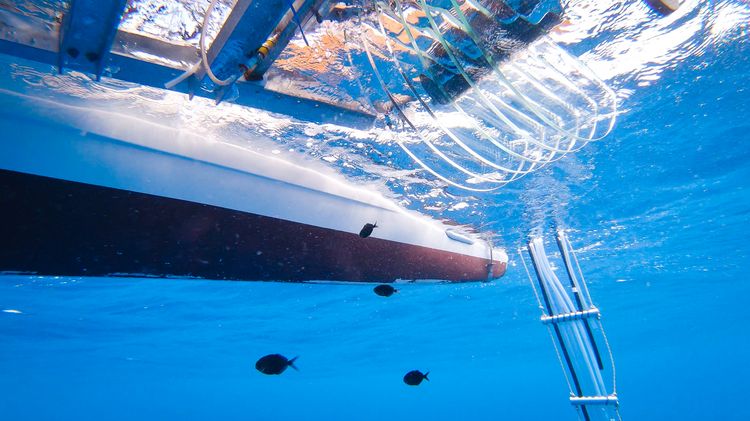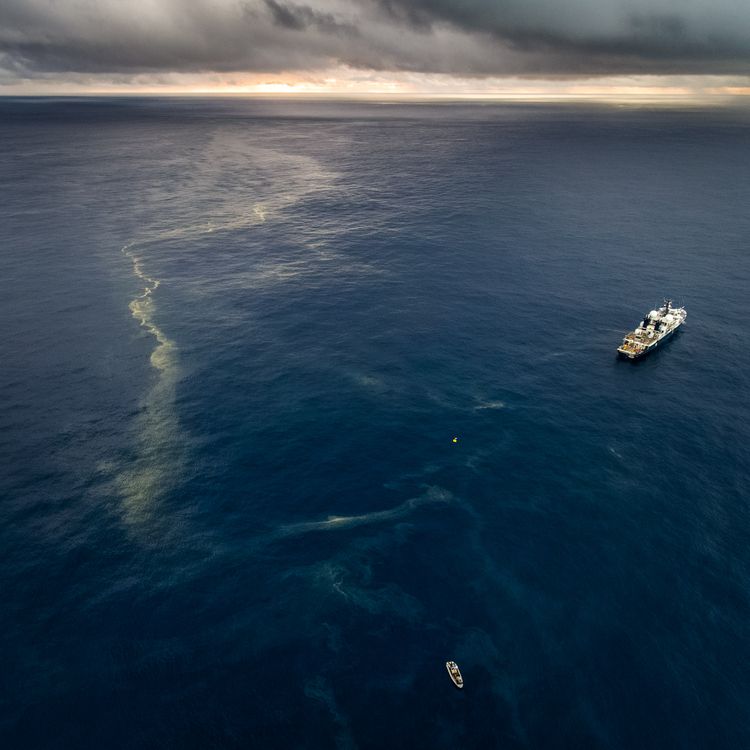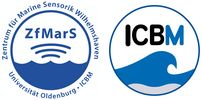Head

Prof. Dr. OLIVER WURL
Falkor FK191120


The primary goal of this project has been to investigate the physical consequences of surface slicks on the surface ocean heat budget and mixed layer dynamics. A complementary but equally important goal is to develop remote sensing algorithms for the detection of a biogeochemically important cyanobacterium Trichodesmium. We proposed the study in the Southwest Pacific near Tonga/Fiji or the Pacific US West Coast where surface slicks are common. Understanding gained from this project will improve models of the diurnal cycles of the mixed-layer surface heat budget and global biogeochemical cycles, and sea surface temperature to improve our understanding of the effect of small-scale features and fractal filaments in satellite imagery. Ship-deployed Unmanned Aerial Systems (UAS) equipped with hyperspectral visible and near-infrared, and broadband thermal infrared cameras studied the albedos of sea surface biogenic slicks. UAS measured air-sea heat/radiative fluxes, remote sensing reflectance, an autonomous catamaran sampled sea-surface microlayer surfactants, drifters measured the response of the upper ocean temperature, salinity, and turbulence kinetic energy, and samples was taken for measuring biogeochemical rates. The proposed effort is a quantum advance in utilizing UAS technology for science.
schmidtocean.org/cruise/studying-the-sea-surface-microlayer-2/



